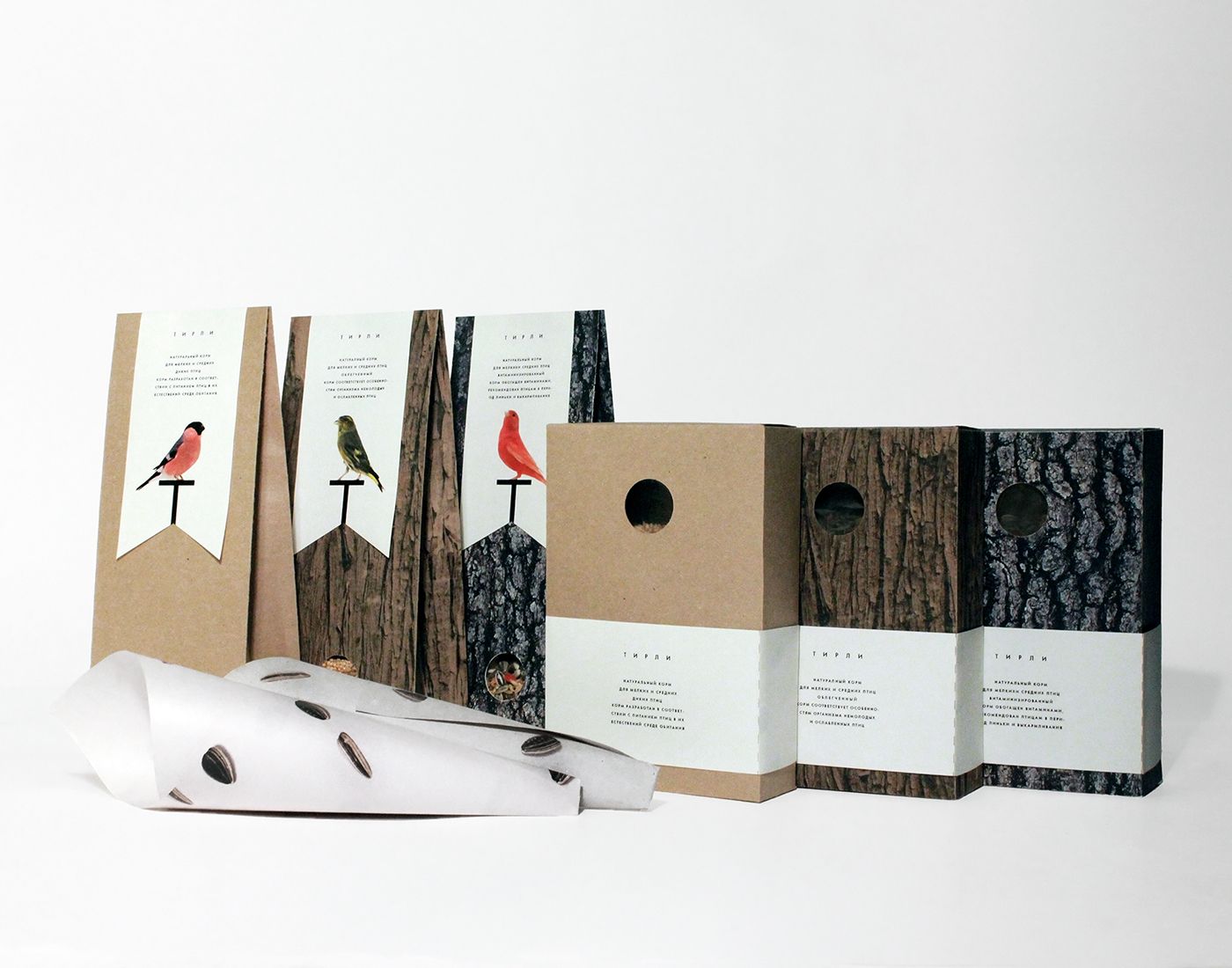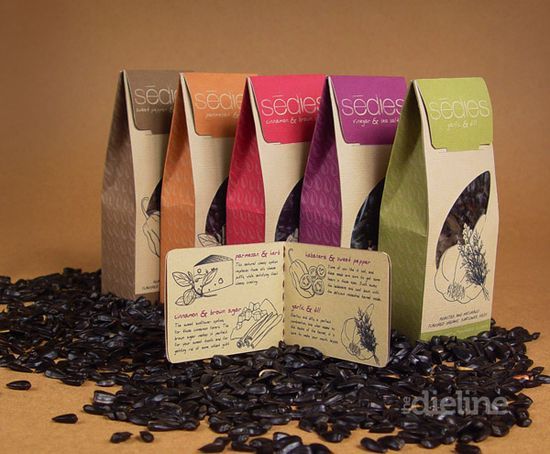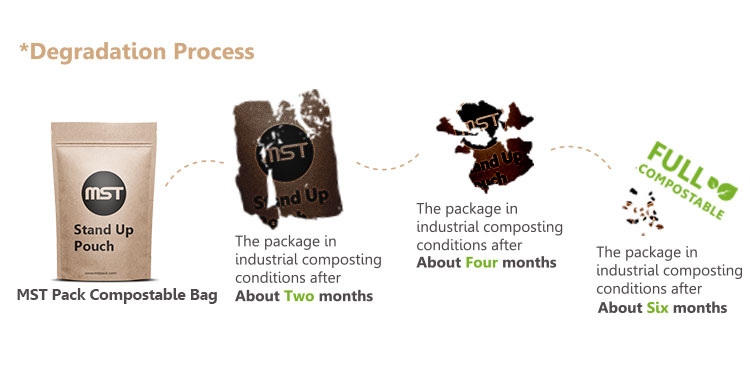
Privacy statement: Your privacy is very important to Us. Our company promises not to disclose your personal information to any external company with out your explicit permission.
In our quest for a more sustainable lifestyle, it's crucial to examine every aspect of our daily choices, including the seemingly simple act of feeding wild birds in our backyard. One commonly overlooked item in this eco-conscious pursuit is the packaging of wild bird seeds. This article aims to shed light on whether wild bird seed bags are recyclable and how we can make more environmentally friendly choices.
Wild bird seed bags are typically made from a combination of materials, often including plastic, paper, and sometimes even metal. This blend is designed to keep the seeds fresh, protect them from moisture, and ensure the overall durability of the packaging.
Recycling Options:
Check the Label: Before discarding a wild bird seed bag, take a moment to inspect the label. Our manufacturers are now including recycling symbols or specific instructions on the packaging, indicating whether the bag is recyclable.
Separate Materials: If the bag is made from a mix of materials, consider separating them before recycling. This may involve tearing apart layers of plastic or removing metal components. While it may seem tedious, this extra step ensures that each material can be recycled properly.
Local Recycling Guidelines: Different municipalities have varying recycling capabilities, and guidelines can differ. Check with your local recycling center or waste management facility to understand their specific requirements for wild bird seed bags. Some facilities may only accept certain types of plastics or paper.
Reuse or Upcycle: Instead of discarding the bird seed bag immediately, consider reusing it for other purposes. The sturdy material can be repurposed for storage, as a trash bag, or even as a makeshift planter. Upcycling not only reduces waste but also adds an element of creativity to your eco-friendly efforts.
Biodegradable Alternatives: Explore the market for bird seed bags specifically designed to be biodegradable or compostable. These options break down naturally over time, minimizing their environmental impact.

Biodegradable materials are substances that can be broken down by natural processes into non-toxic components, leaving little to no trace behind. In the context of wild bird seed packaging, biodegradable alternatives often include materials such as:
Biodegradable Plastics: These plastics are derived from renewable resources such as corn starch, sugarcane, or even algae. They break down more readily than traditional plastics, reducing the environmental impact.
Paper and Cardboard: While paper itself is biodegradable, the challenge lies in the coatings and laminates used to make it water-resistant. Some manufacturers are now producing bird seed bags made from fully biodegradable paper and cardboard, ensuring minimal environmental impact.
Compostable Materials: Compostable materials, like certain types of corn-based plastics and other plant-derived substances, break down into nutrient-rich compost under specific conditions. This not only reduces waste but also contributes to soil health.

Reduced Environmental Impact: Biodegradable alternatives break down more quickly than traditional materials, reducing the amount of waste that ends up in landfills or oceans.
Renewable Resource Utilization: Many biodegradable materials are derived from renewable resources, decreasing our reliance on finite fossil fuels and contributing to a more sustainable future.
Lower Carbon Footprint: The production of biodegradable materials often requires less energy and emits fewer greenhouse gases compared to traditional plastics, lowering the overall carbon footprint.
Closed-Loop Systems: Some biodegradable materials are designed to be part of closed-loop systems, where they can be recycled or composted to create new products, further minimizing waste.

Proper Disposal Methods: While biodegradable materials break down more readily, they still require proper disposal methods. Composting facilities or waste management systems capable of handling biodegradable materials are essential.
Durability and Shelf Life: Manufacturers are continually working to improve the durability and shelf life of biodegradable alternatives. Some may not be as resilient as traditional packaging, necessitating careful consideration of storage conditions.
Cost Considerations: Biodegradable alternatives, at times, may be more expensive to produce than traditional packaging. However, as demand increases and technology advances, these costs are likely to become more competitive.
The shift towards biodegradable alternatives for wild bird seed packaging aligns with the broader movement towards sustainability. While challenges exist, the benefits, including reduced environmental impact, reliance on renewable resources, and a lower carbon footprint, make these alternatives a promising avenue for those seeking eco-friendly choices. By supporting and adopting biodegradable packaging, we can contribute to a healthier planet for both humans and the wildlife we aim to nurture.

Biodegradable materials are substances that can be broken down by natural processes into non-toxic components, leaving little to no trace behind. In the context of wild bird seed packaging, biodegradable alternatives often include materials such as:
Biodegradable Plastics: These plastics are derived from renewable resources such as corn starch, sugarcane, or even algae. They break down more readily than traditional plastics, reducing the environmental impact.
Paper and Cardboard: While paper itself is biodegradable, the challenge lies in the coatings and laminates used to make it water-resistant. Some manufacturers are now producing bird seed bags made from fully biodegradable paper and cardboard, ensuring minimal environmental impact.
Compostable Materials: Compostable materials, like certain types of corn-based plastics and other plant-derived substances, break down into nutrient-rich compost under specific conditions. This not only reduces waste but also contributes to soil health.

Reduced Environmental Impact: Biodegradable alternatives break down more quickly than traditional materials, reducing the amount of waste that ends up in landfills or oceans.
Renewable Resource Utilization: Many biodegradable materials are derived from renewable resources, decreasing our reliance on finite fossil fuels and contributing to a more sustainable future.
Lower Carbon Footprint: The production of biodegradable materials often requires less energy and emits fewer greenhouse gases compared to traditional plastics, lowering the overall carbon footprint.
Closed-Loop Systems: Some biodegradable materials are designed to be part of closed-loop systems, where they can be recycled or composted to create new products, further minimizing waste.
October 30, 2024
October 25, 2024
July 03, 2023
July 03, 2023
January 29, 2024
January 29, 2024
Mail an Lieferanten
October 30, 2024
October 25, 2024
July 03, 2023
July 03, 2023
January 29, 2024
January 29, 2024

Privacy statement: Your privacy is very important to Us. Our company promises not to disclose your personal information to any external company with out your explicit permission.

Fill in more information so that we can get in touch with you faster
Privacy statement: Your privacy is very important to Us. Our company promises not to disclose your personal information to any external company with out your explicit permission.